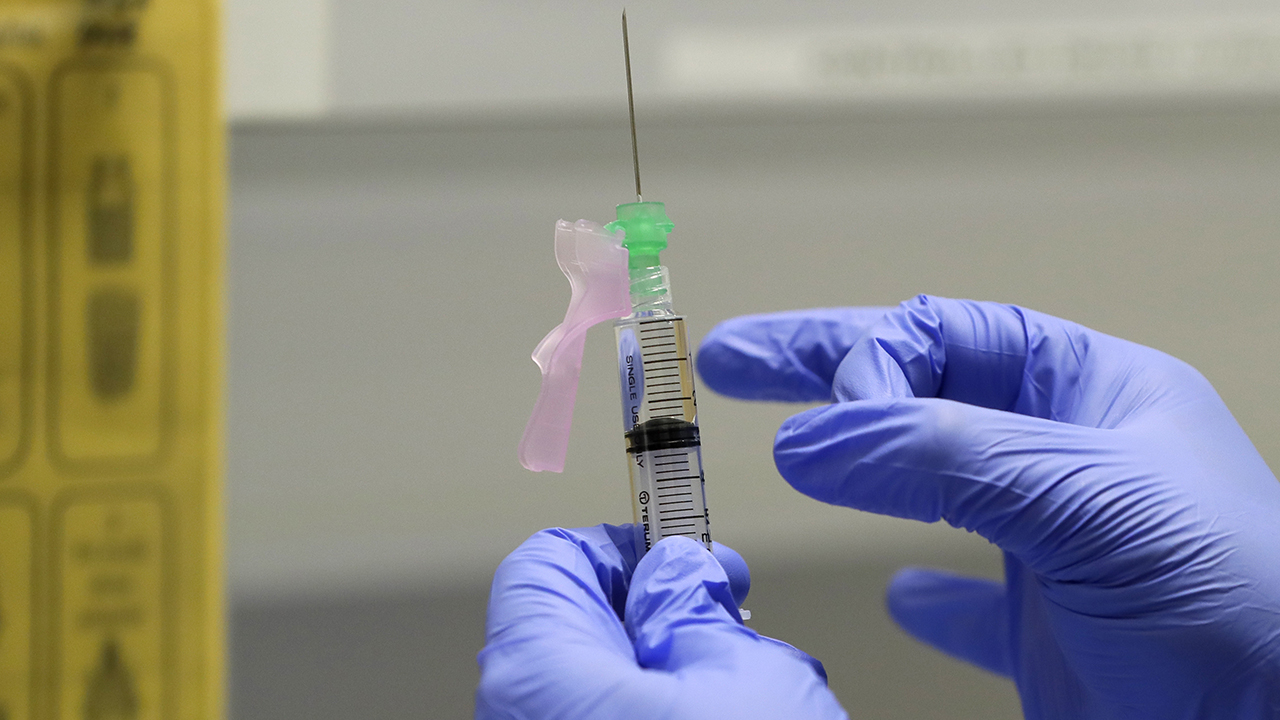'Vast majority' of California under stay-at-home order as ICU capacity reaches critical levels, Newsom says

Two California regions are officially on modified lockdown Monday, as intensive care capacity reaches critical levels in the San Joaquin Valley and Southern California. Gov. Gavin Newsom gave an update on the state's COVID-19 response in a Monday morning press conference.
As of Monday, the remaining ICU hospital capacity in each of the state's five regions is:
- Northern California, ICU capacity at 28.2%: Del Norte, Glenn, Humboldt, Lake, Lassen, Mendocino, Modoc, Shasta, Siskiyou, Tehama, Trinity
- Bay Area, ICU capacity at 25.7%: Alameda, Contra Costa, Marin, Monterey, Napa, San Francisco, San Mateo, Santa Clara, Santa Cruz, Solano, Sonoma
- Greater Sacramento, ICU capacity at 20.3%: Alpine, Amador, Butte, Colusa, El Dorado, Nevada, Placer, Plumas, Sacramento, Sierra, Sutter, Yolo, Yuba
- San Joaquin Valley, ICU capacity at 6.3%: Calaveras, Fresno, Kern, Kings, Madera, Mariposa, Merced, San Benito, San Joaquin, Stanislaus, Tulare, Tuolumne
- Southern California, ICU capacity at 10.9%: Imperial, Inyo, Los Angeles, Mono, Orange, Riverside, San Bernardino, San Diego, San Luis Obispo, Santa Barbara, Ventura
The state has mandated a new, modified stay-at-home order starting when a region's ICU capacity drops below 15%. Two regions, San Joaquin Valley and Southern California, have dropped below that threshold and enacted stay-at-home orders starting at 12:01 a.m. early Monday morning.
RELATED: California to expand smartphone COVID-19 alert tool statewide
Several Bay Area counties have also decided to move ahead of the state's timeline and implement stay-at-home restrictions starting this week. The health officers in Alameda, Contra Costa, Marin, San Francisco and Santa Clara counties believe that waiting for ICU capacity to fall below 15% to take action would be too late.
"We certainly have two other regions that are not in this order, but the vast majority, overwhelming majority of the population in the state is," said Gov. Newsom.
Read more on what it means to be under a stay-at-home order and what's no longer allowed here.
Over the weekend, new coronavirus cases in California continued to climb. Another 24,735 new cases have been reported in the past 24 hours. The number of patients currently hospitalized with COVID-19 has topped 10,000.
The state's overall remaining ICU capacity has dropped to 14%.
These concerning numbers come before the state has even begun to see the impact of Thanksgiving gatherings, said Health and Human Services Secretary Dr. Mark Ghaly.
WATCH: Debunking COVID-19 vaccine rumors and myths

"We know that those cases that occurred around people's dinner tables or activities and travel through Thanksgiving are going to show up right about now," said Ghaly. "We believe that the levels of transmission that we've been reporting will likely continue to go up because of those activities around Thanksgiving."
At this point, the state's greatest area of concern is the southern half of California. Riverside County, for example, had a 16.5% testing positivity rate over the weekend. Nearby San Bernardino County is feeling the pressure on its hospitals, the governor said.
Imperial County, which has consistently been a hard-hit area throughout the pandemic, is going to start to pulling patients out of hospitals and give them at-home oxygen treatments to free up space for others who need more acute care. Hospitals in San Bernardino and Riverside counties will likely do the same in the coming weeks, Newsom said.
California is also expecting to receive an additional 815 health care workers to help with back-up medical staffing. The first 500 or so are expected to arrive within a week, and are going to be focused on setting up and staffing overflow centers in Imperial County and Northern California.
For a better experience, click here to view the full map in a new window










